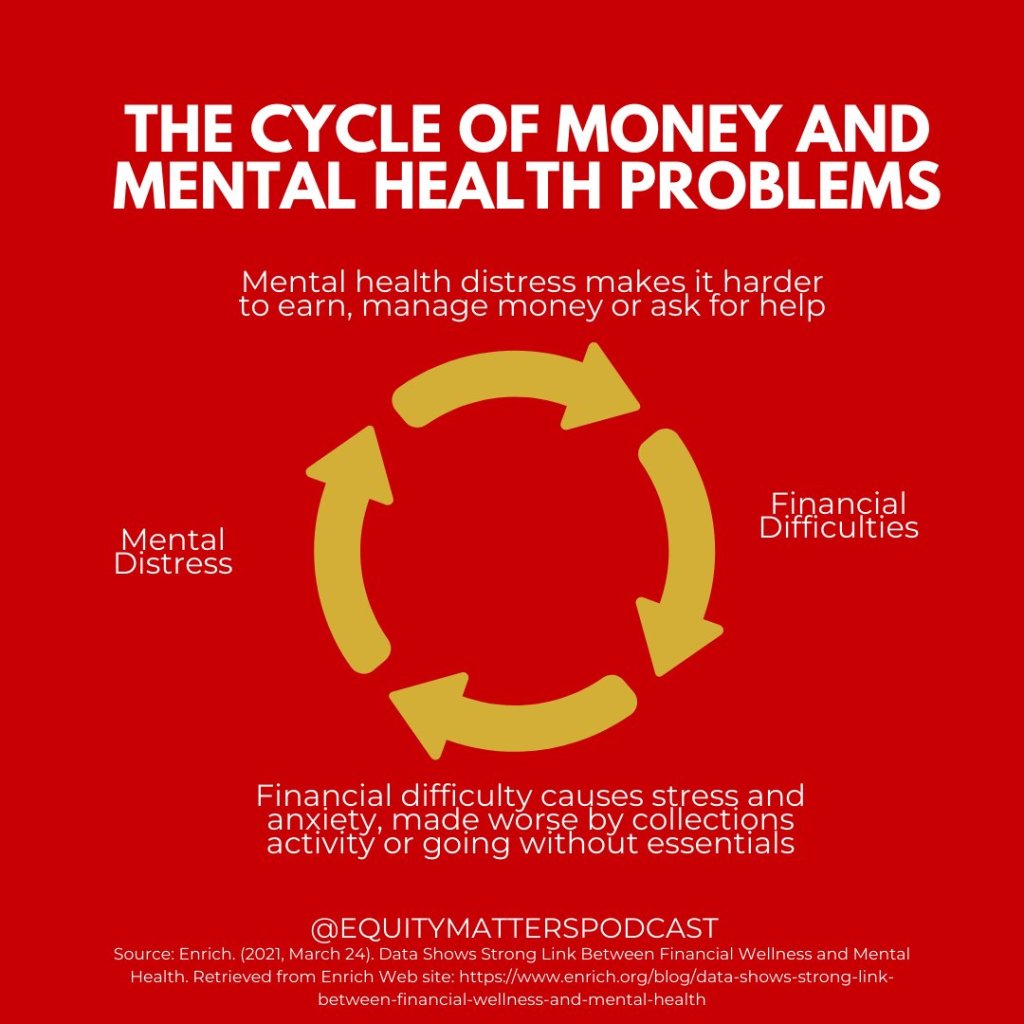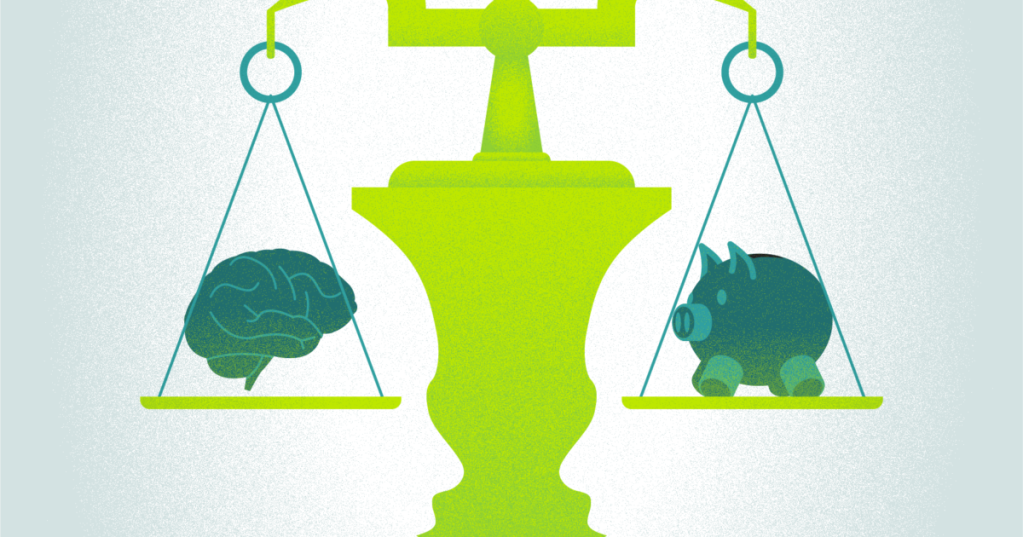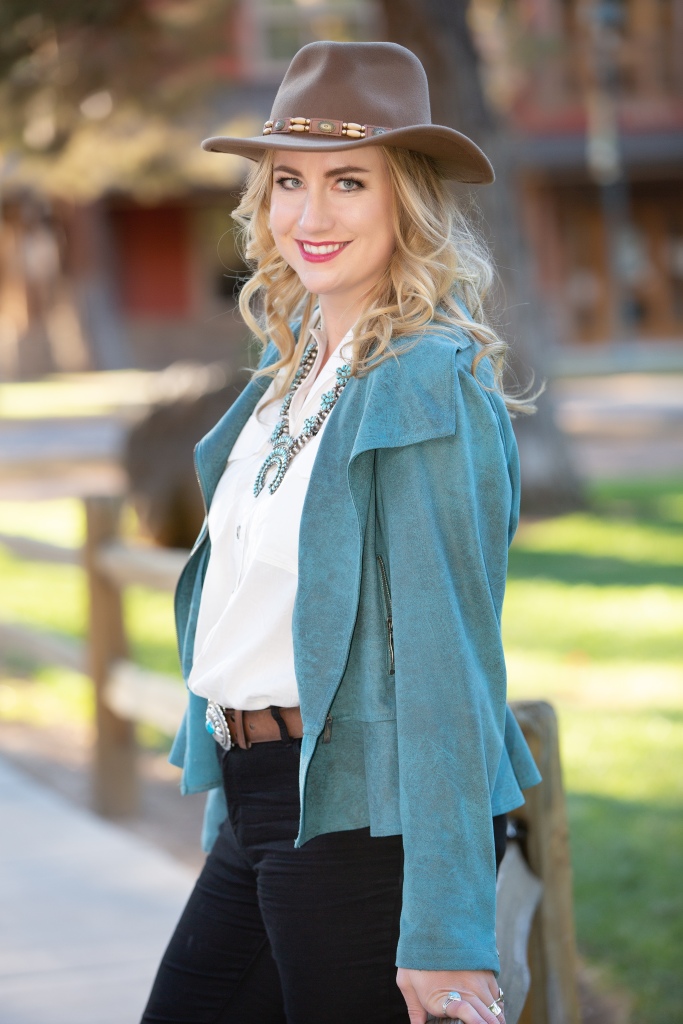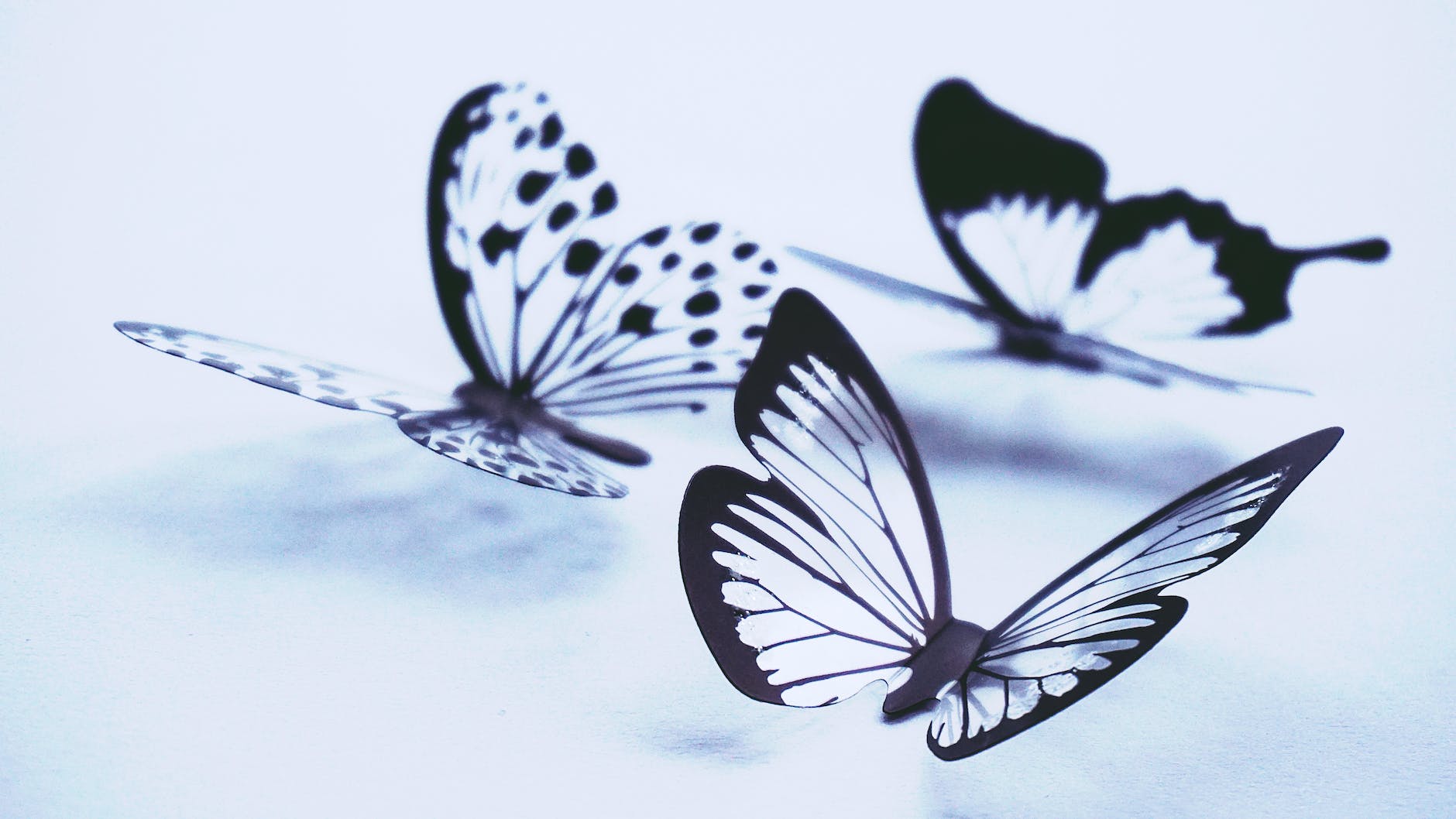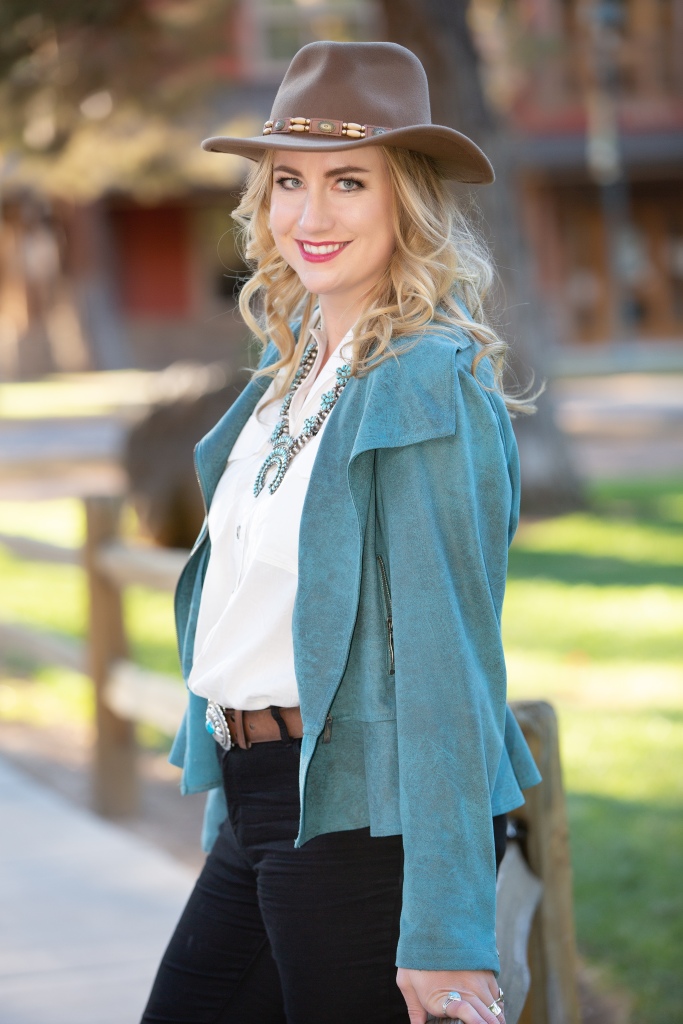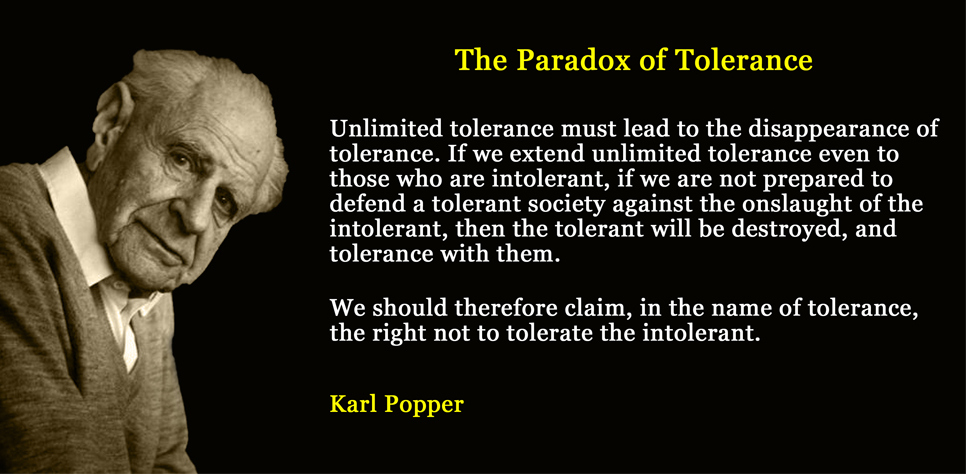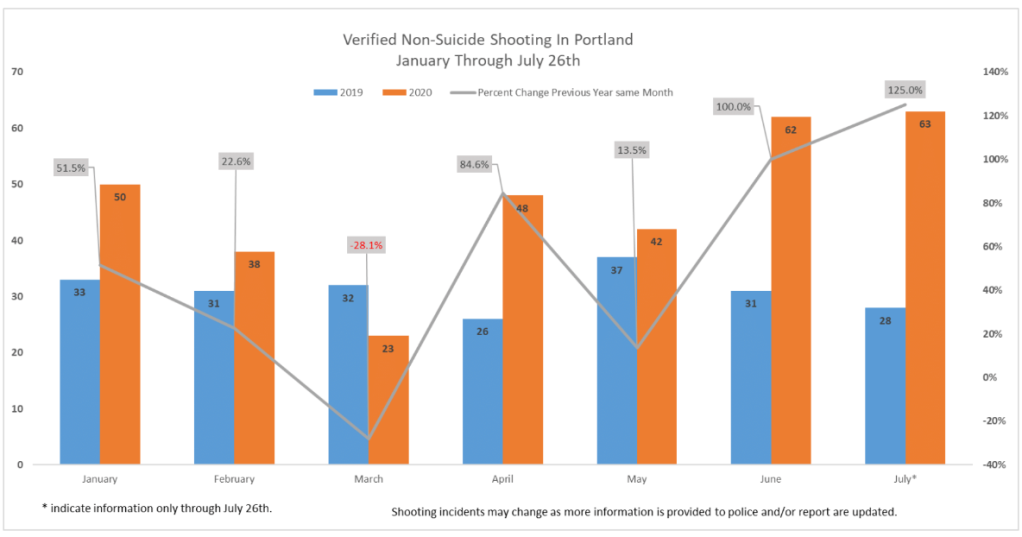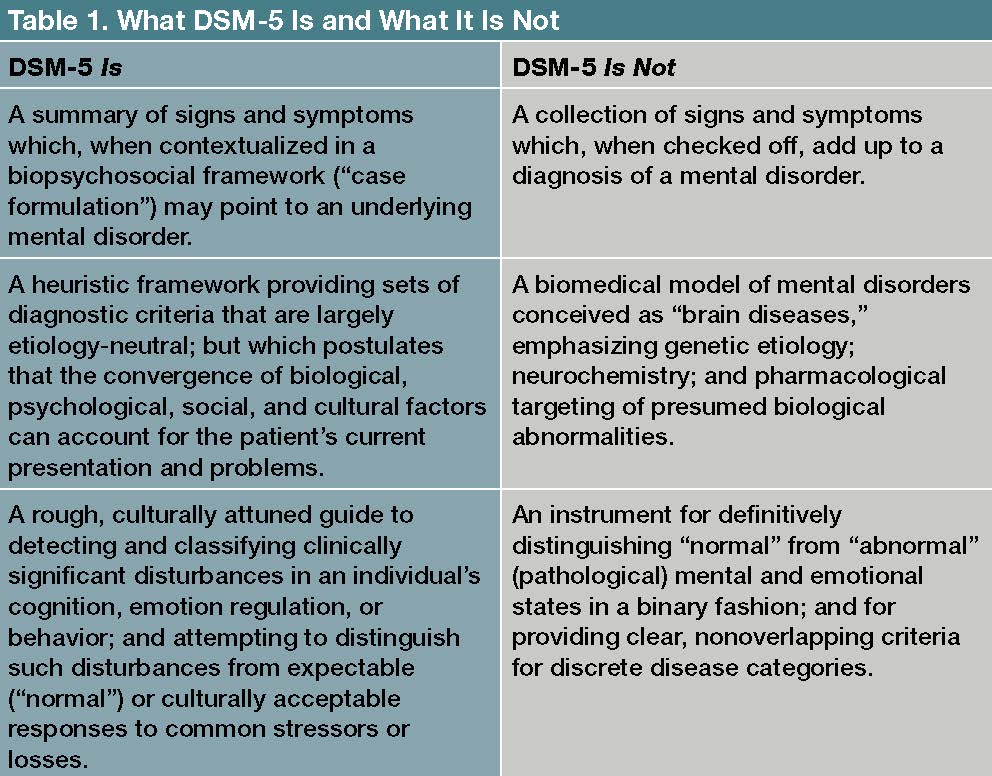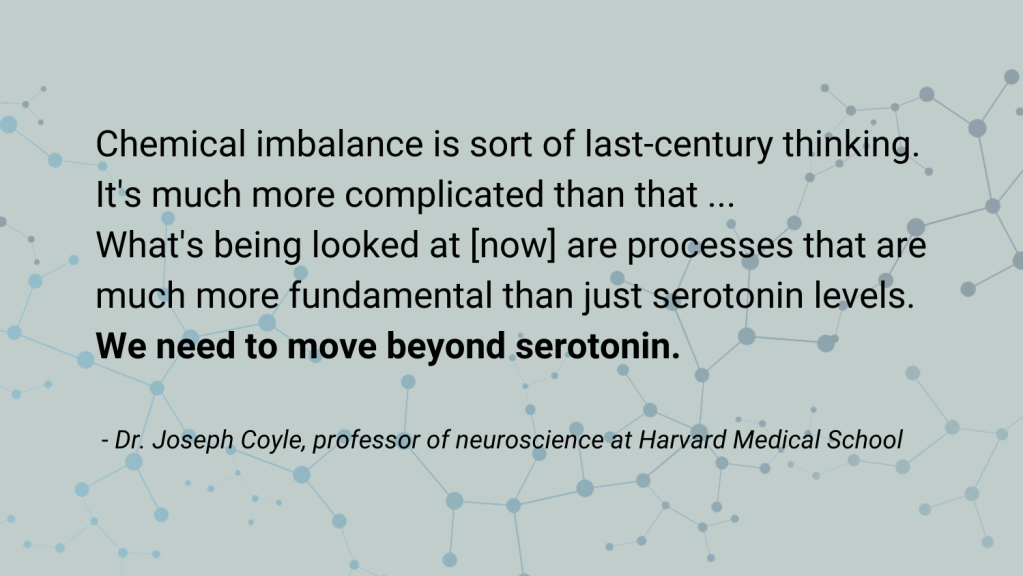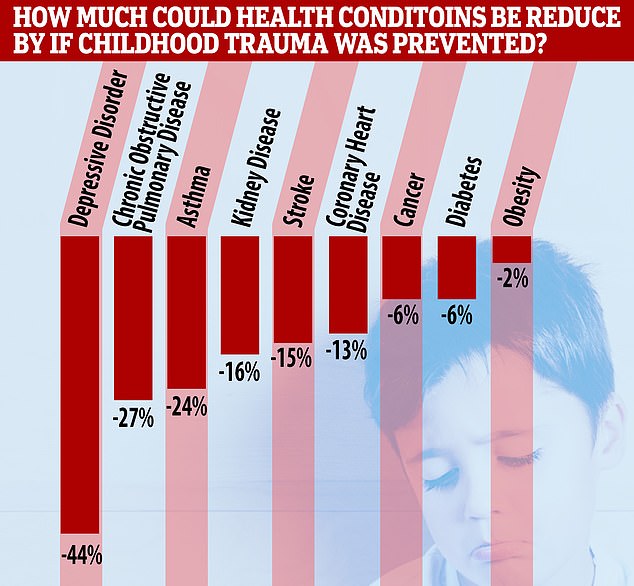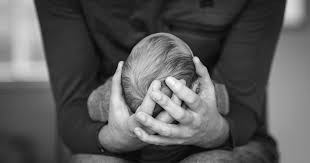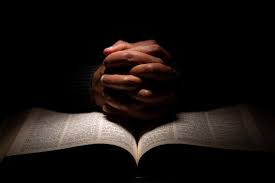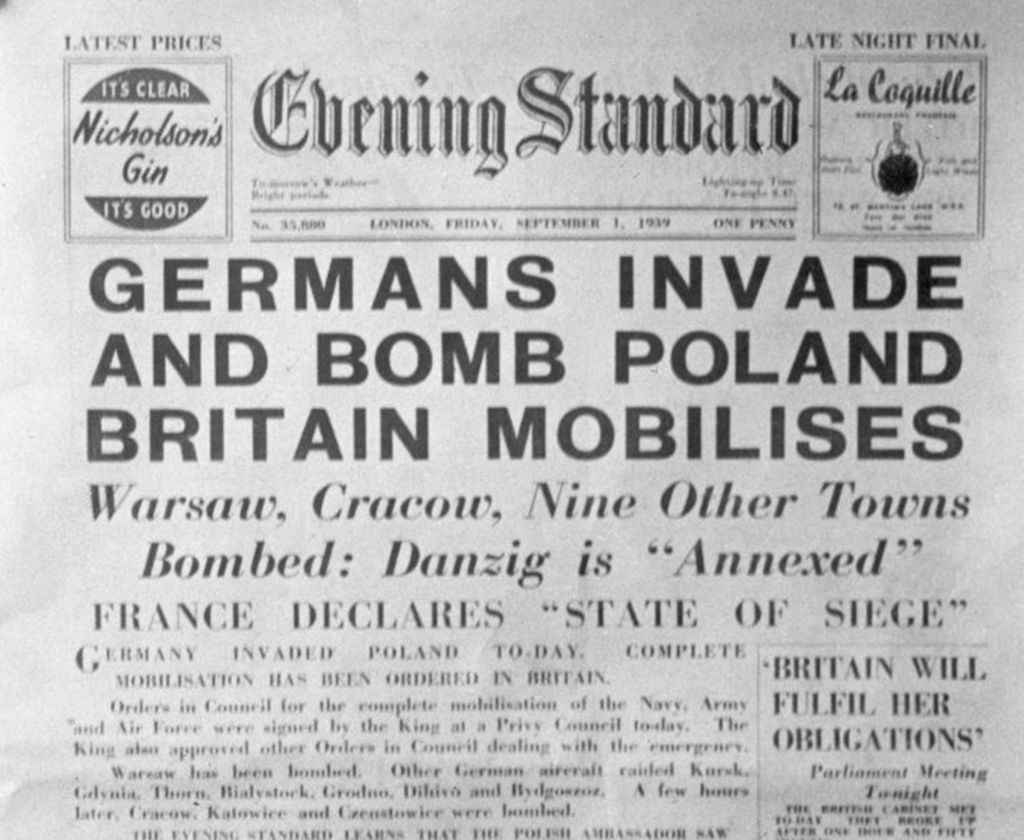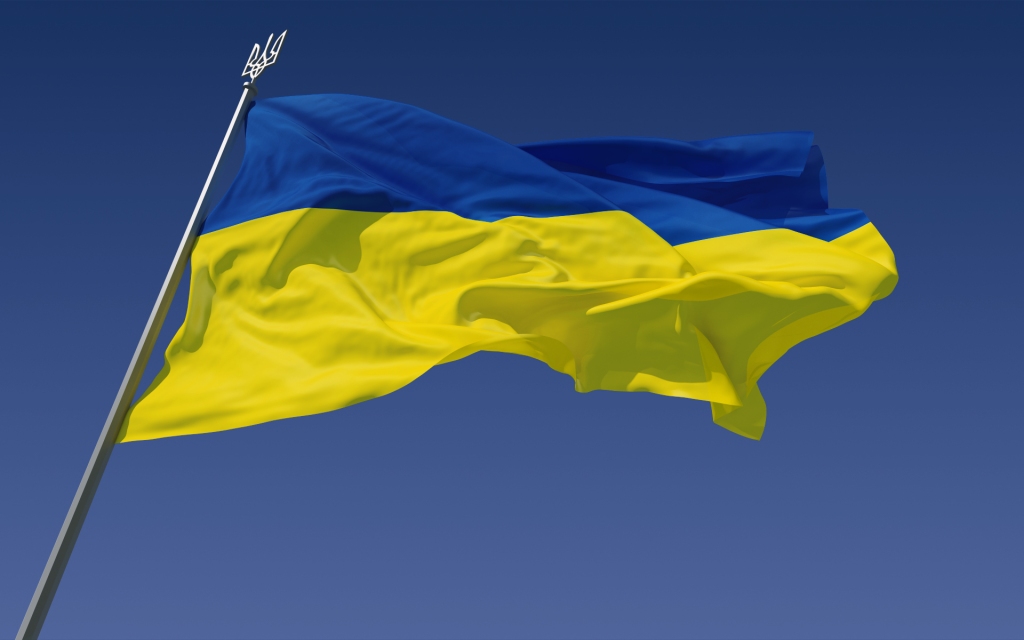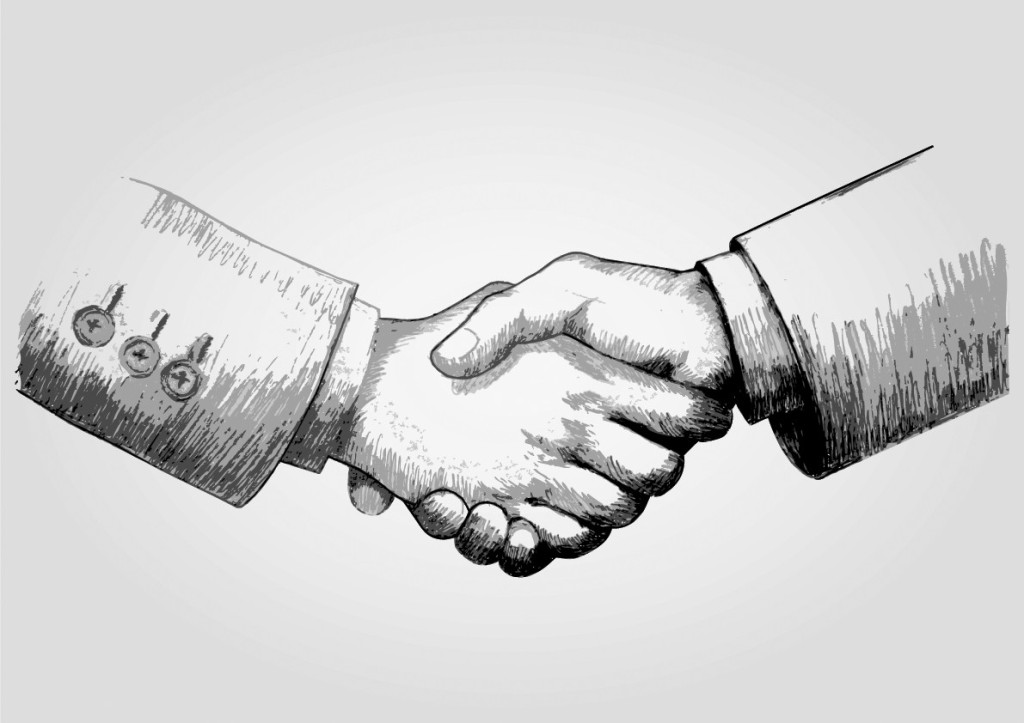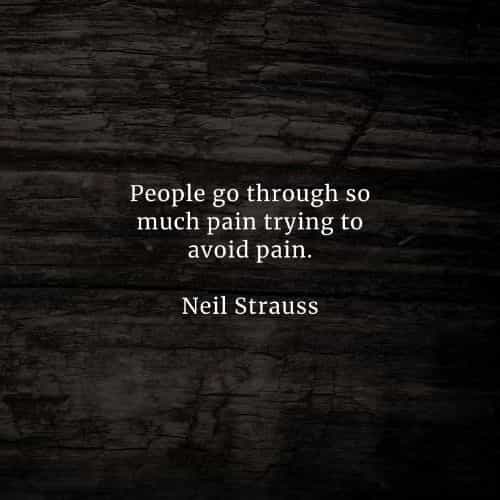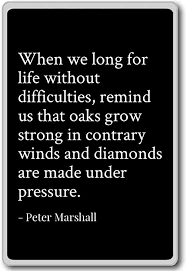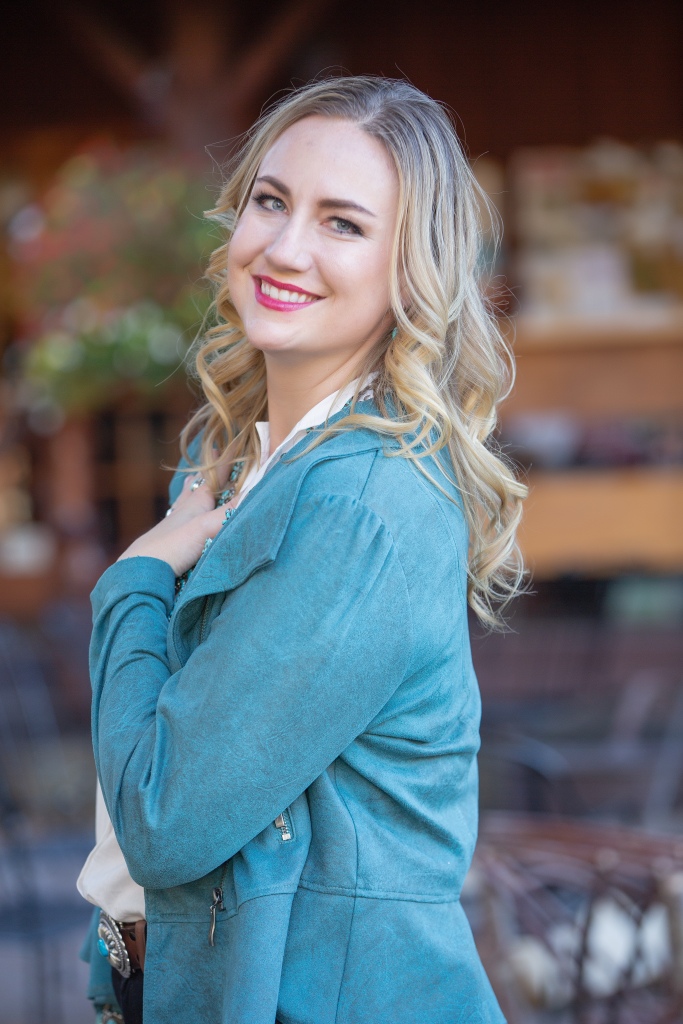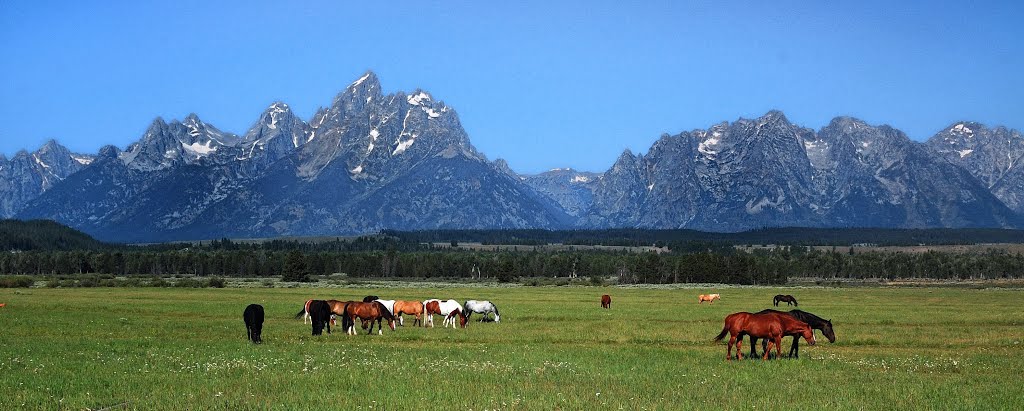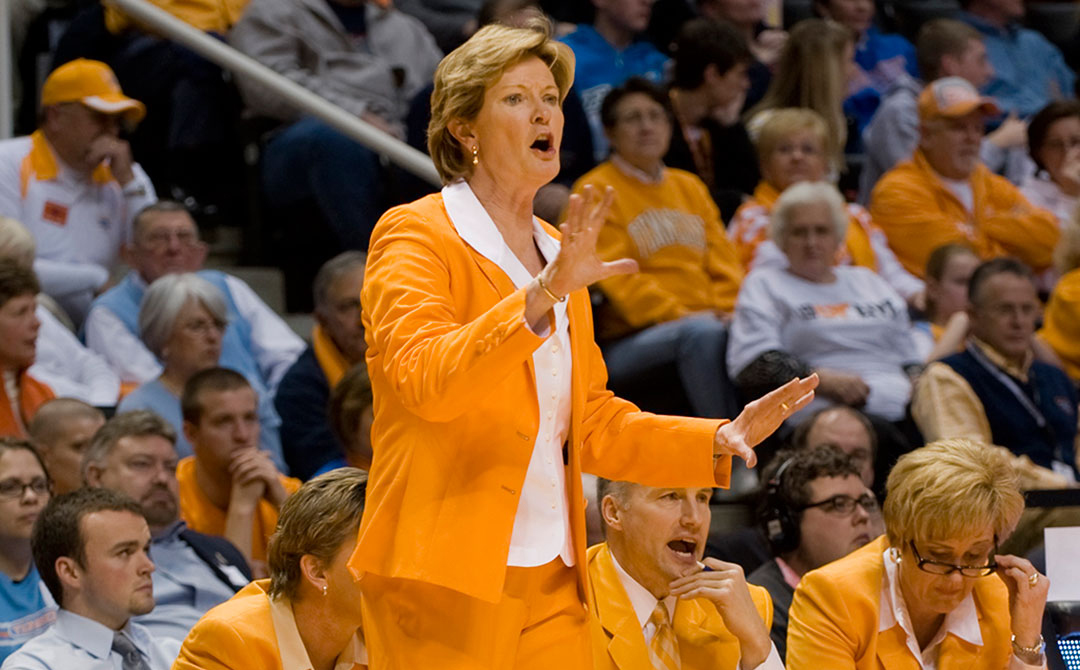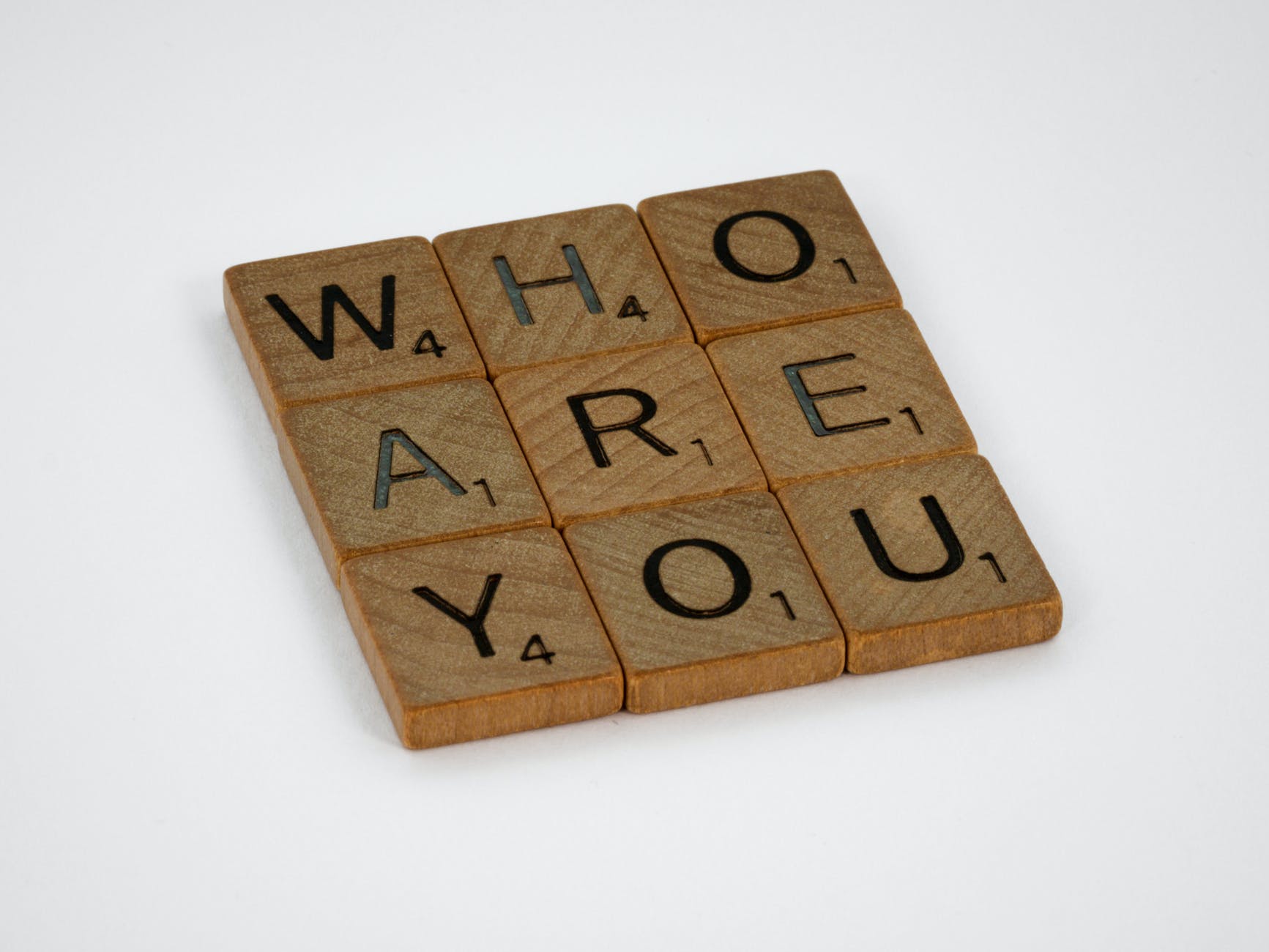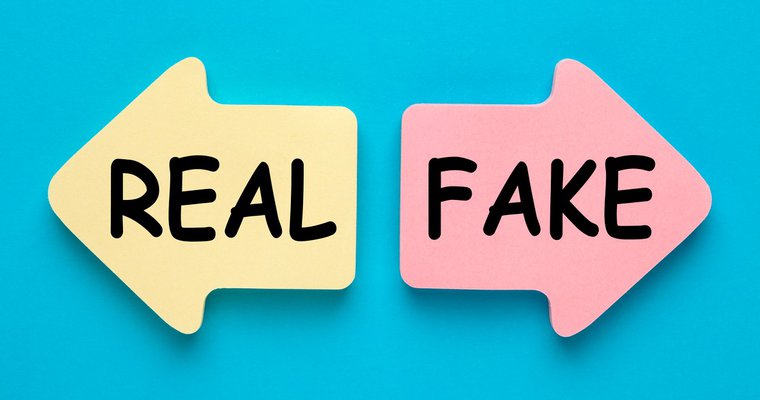As I write this, I am sitting solo at my camp deep in the heart of the Steens Wilderness. One eye on my journal and the other on my campfire grappling to sustain itself after a day of unexpected pre-Solstice snow and wrathful rounds of high winds and hail. Generally clear this time of year, this time the skies are angry. The sun is finally making its debut out from the West lighting up the sharp cliffsides of the Little Blitzen River. I can hear the booms of the nighthawks above me. After a day of chasing the sun to the Alvord desert and tracking down wild mustangs in sage and blankets of desert flowers, it is dinner time. The peekaboo evening sun makes a fire seem hopeful. The can of chili that had previously been sitting in my kitchen pantry for at least eighteen months is the winner tonight.
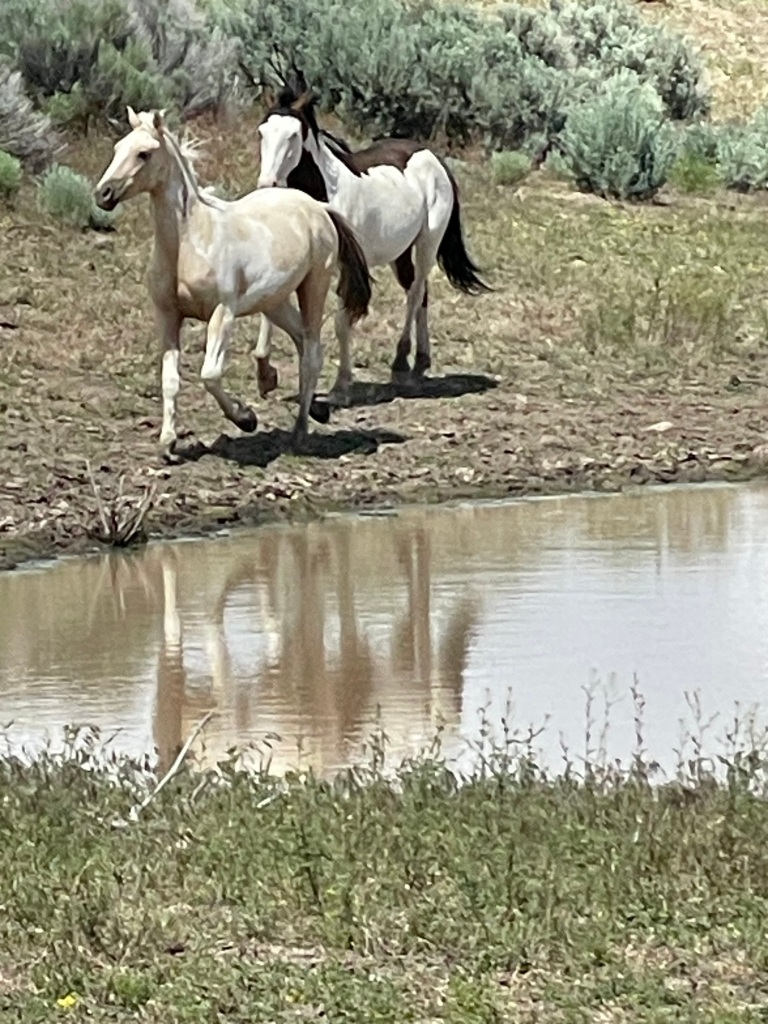
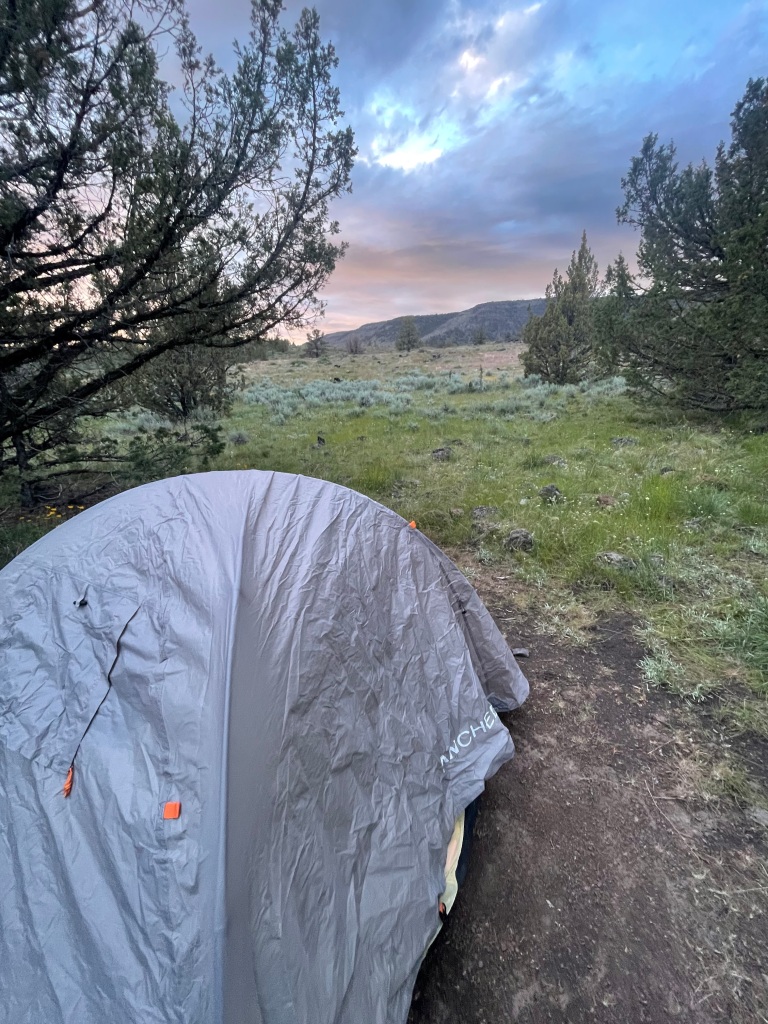
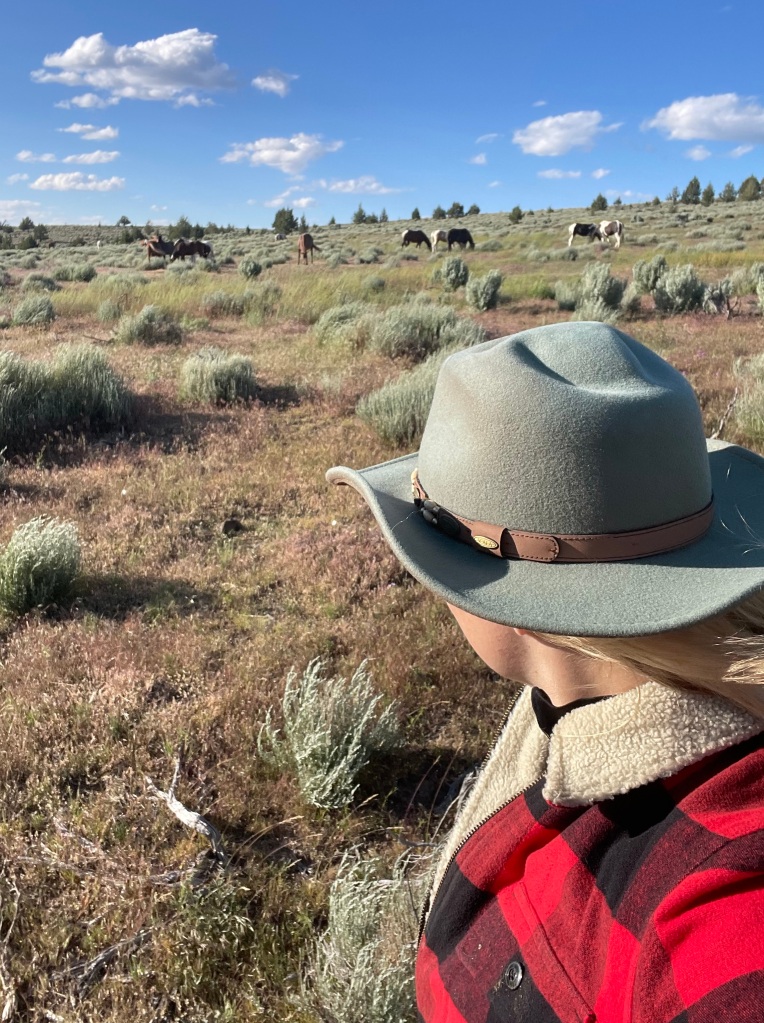
The Steens Wilderness is an annual escape for me frequently followed by a trip to the Blue or Wallowa mountains. This year’s solo adventure will culminate with trips to the Wenaha Tuccannon wilderness and the slopes above the Grand Ronde River. I have a strong desire to find an elusive Oregonian moose.
I affectionately have termed these solo ventures my “vision quests” and yes, I am aware of the cultural misappropriation. I travel solo by choice. An annual commitment to adventure (some misadventures), solitude, and challenging my comforts has proven to be a dependable opportunity for respite, reflection, and growth. It is a small attempt at putting aside the modern comforts and sure-fire dopamine machines that make resilience and distress tolerance harder to come by. Although, I really do miss my lattes…

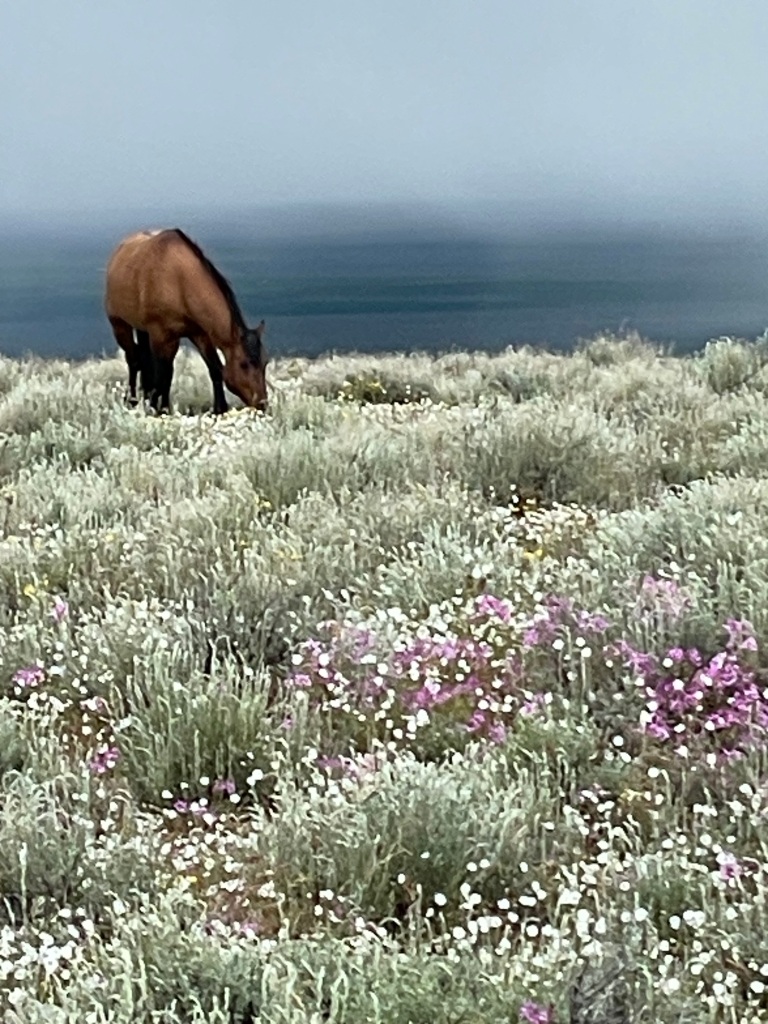
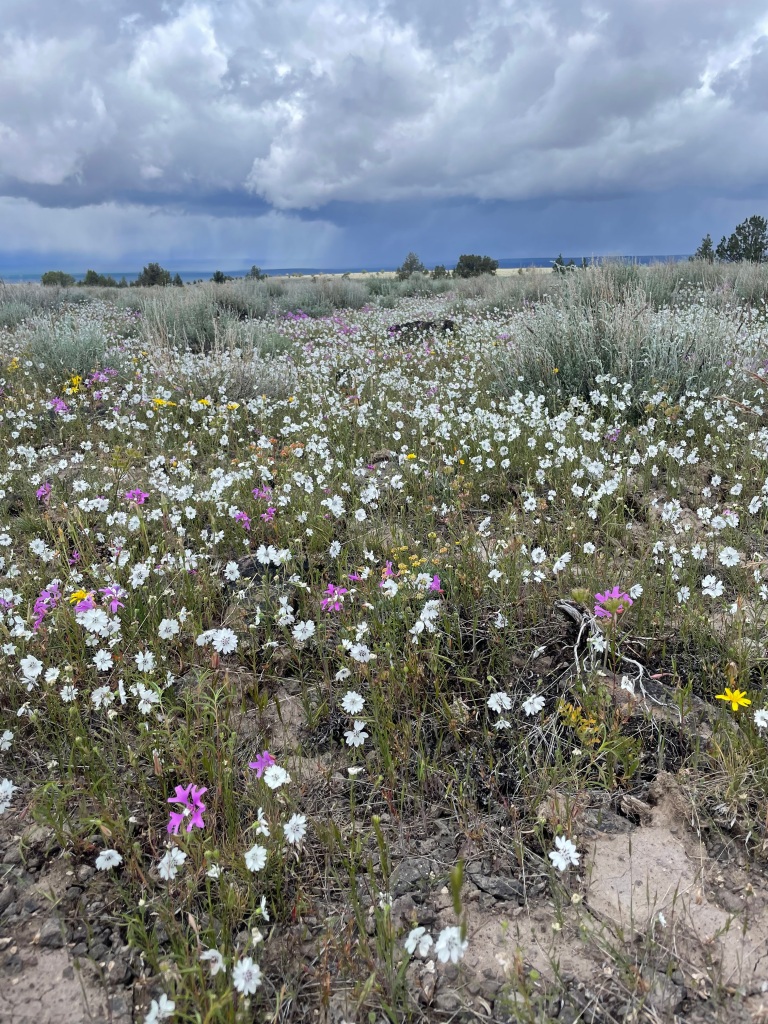
It is not lost on me that it is still probably the exception that a 30-something year old woman goes adventuring solo in the wilderness. On the rare occasion I have an encounter with another solo female traveler, my excitement is met with validation. Inevitably there are those who question my judgment, or tiptoe on 21st century political correctness expressing “cautious support”, or look at me as if I am carrying some torch for equality. From where I am sitting, I am just a person who dreams of wild places where my wanderlust is no match for the “what if’s”. Don’t worry, it is not blind faith. I do my homework, I prep, I pack a little punch, and a little 38 special on my hip.
Women (and certainly some men) deserve to grant themselves the permission to on occasion, “get lost”- to seek solitude. As women, we are still too frequently socialized to base so many of our decisions on popular opinion or on the needs of others. If this is not interrupted every once in a while, we can lose our inner compass in the process. The space that is opened when we are the sole owners of our decisions and have only to respond to the moods of the skies and the terrain at our feet, can be very healing. It can also feel scary sometimes to sit only with the companion of silence, to act without reassurance, or to endeavor without approval. That said, it is both uncomfortable and necessary to open spaces for our inner voices to be heard and acknowledged. This is where growth begins, self-trust blooms, and change starts.

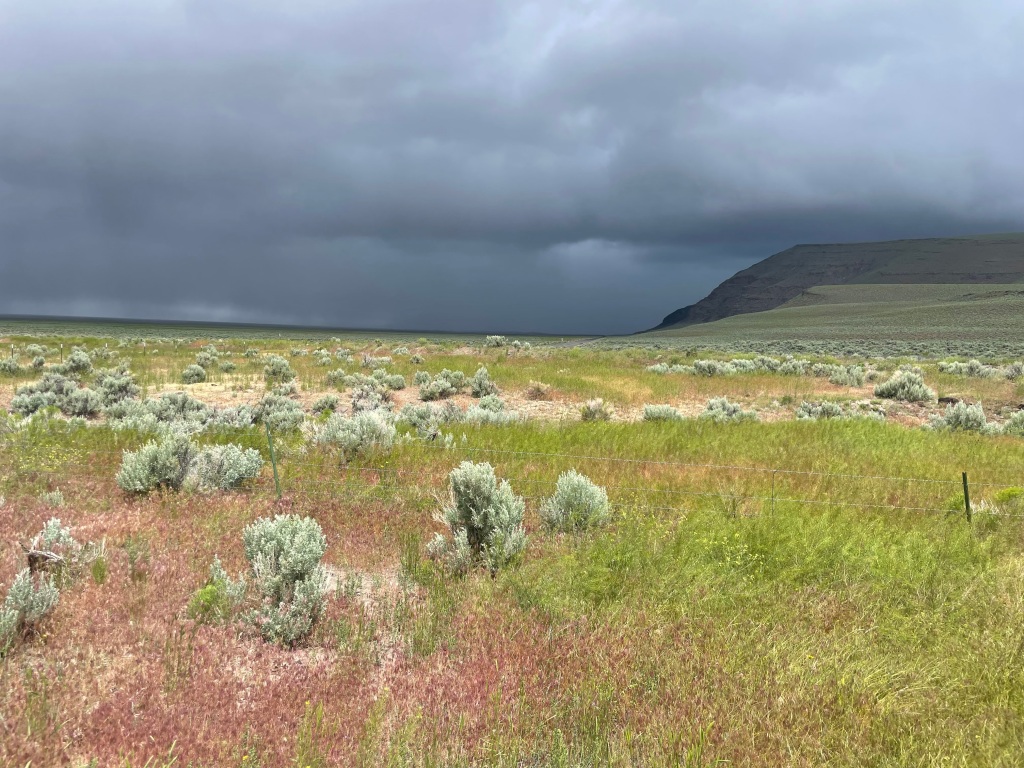
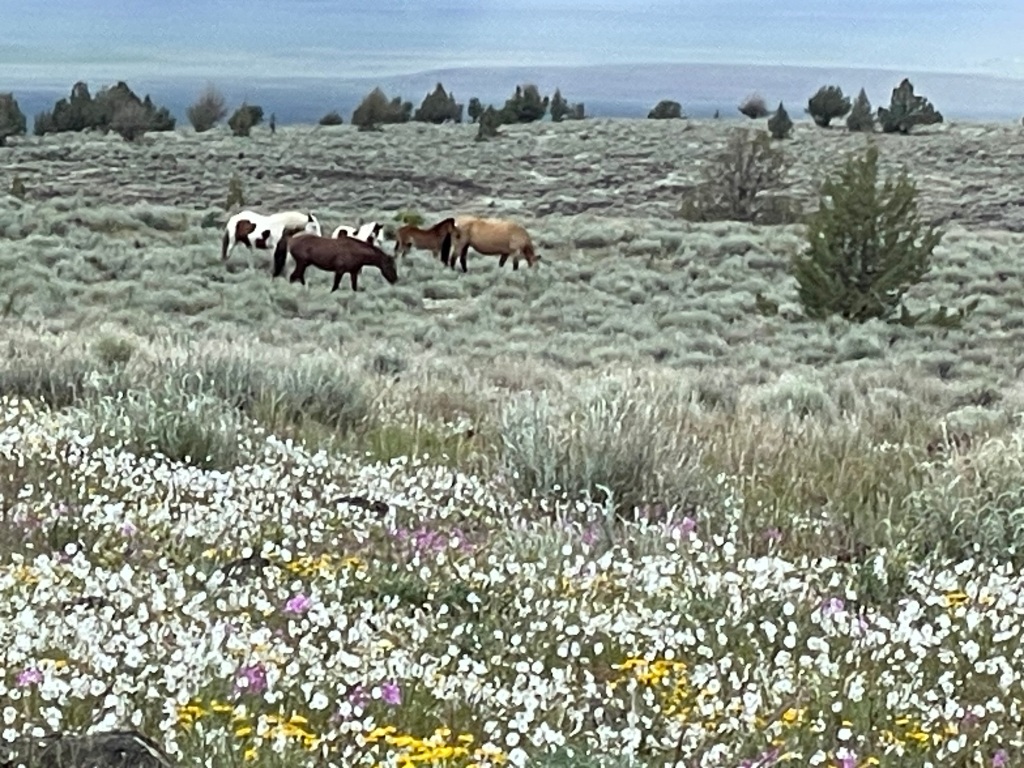
Detachment, escapism, and apathy are pervasive problems in our society. It is too easy to become disconnected from our inner voice and become preoccupied by distraction and the many ways available to avoid discomfort. Nature is and has been a loyal antidote to detachment. It forces present awareness as we are in tune with how our body interacts with our surroundings- where we step, how we eat, how we stay safe, and how we adjust to the rhythm of the sun and the moon. As women, we too frequently detach from our bodies often in response to trauma or societal pressures. We may view our body as an enemy or something that needs to be “managed”. Nature has a way of inviting us back to a place of connection and awareness as our bodies integrate and interconnect with a greater ecosystem. It is a natural homecoming of sorts allowing for an allyship with our bodies made historically difficult.
So, cheers to getting a little lost- and cheers to your solo adventure whether a short walk in the woods or a multi-day trek. We are social beings at heart- let’s not forget that, but a continued commitment to deepening our sense of awareness and resilience sharpens our inner wisdom and only makes us better for the people and places we love. As John Muir wisely stated, “In every walk with nature, one receives far more than he seeks.” Happy trails!
Thanks for listening, everyone.
With gratitude,
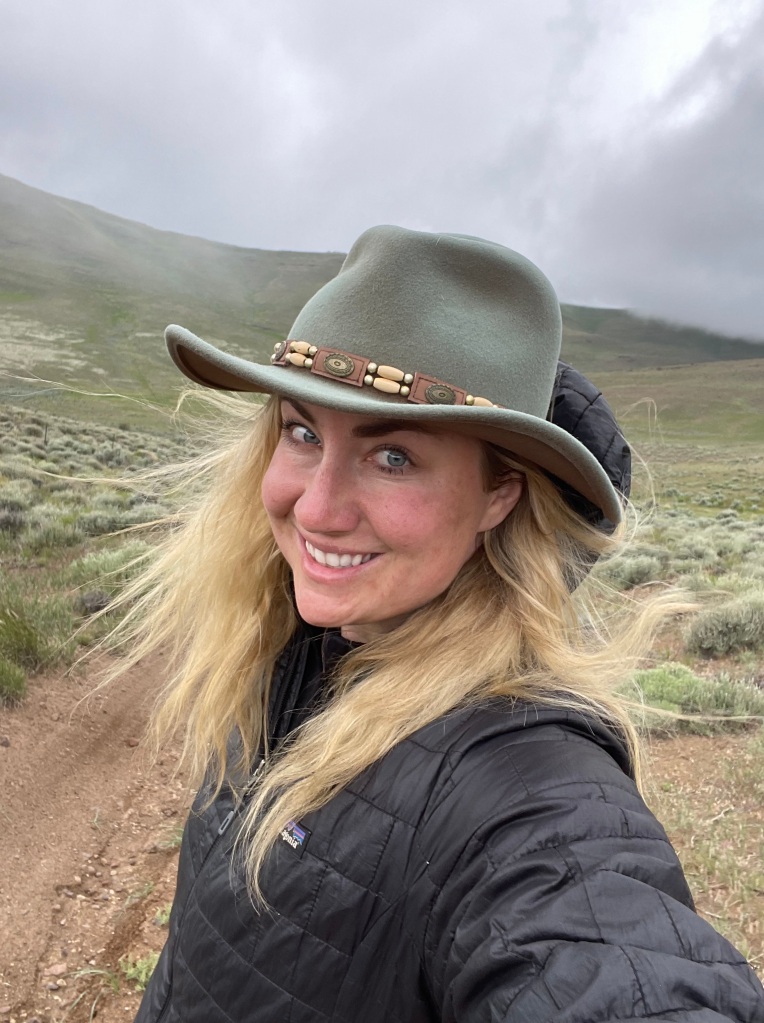
Audry Van Houweling, Owner & Founder She Soars Psychiatry, LLC
Sisters & Silverton, Oregon
